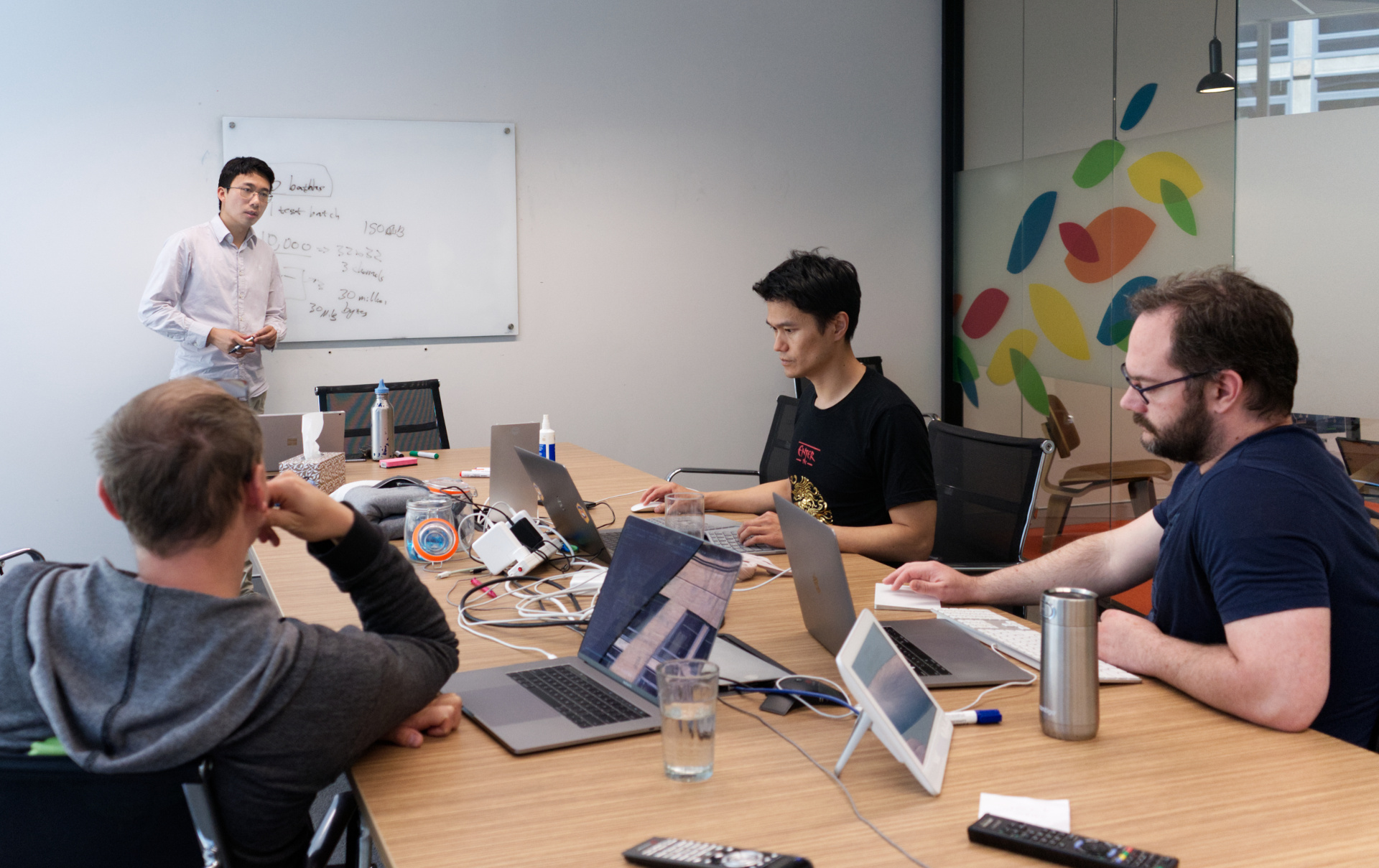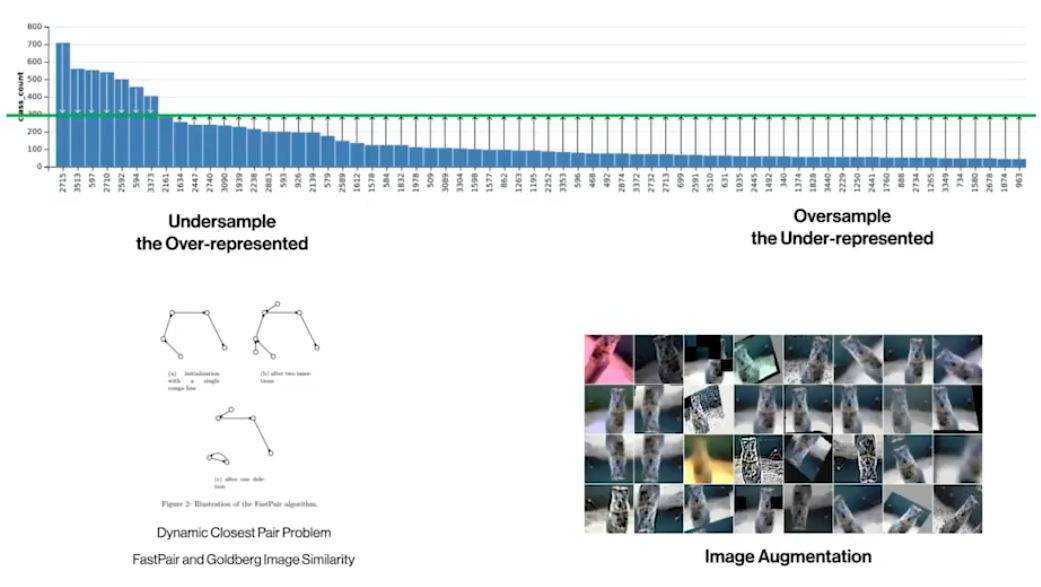
Image Classification of Solar Inverter Models for Asset Compliance and Auditing
Solar technologies have long been a pillar of sustainable energy, accounting for almost 10% of Australia's total electrical energy production in 2019. One of the incentives driving this adoption is the Small-scale Energy Certificate (STC) program offered by the Australian government, which offers discounts for the purchase of small-scale solar energy equipment such as solar panels and inverters.
A compliance industry has emerged from the introduction of these incentives in order to verify the eligibility of residential solar installations for STCs. This is because only a certain set of solar equipment are approved for STCs. When an application for STCs is incorrect either due to fraud or accident, the compliance industry is fined by the government. Therefore, this process is critical and involves reviewing a large amount of photographic evidence, which is time-consuming and prone to errors. But what if this didn't have to be the case?
Matrix AI has been consulting a client in this compliance industry to replace the manual process of checking photographic evidence of solar inverters with a computer-vision AI system.
Currently this process involves collecting photographic evidence along with the claimed solar inverter model through a mobile application, which is then queued up into a backend order processing system that is checked by human workers.
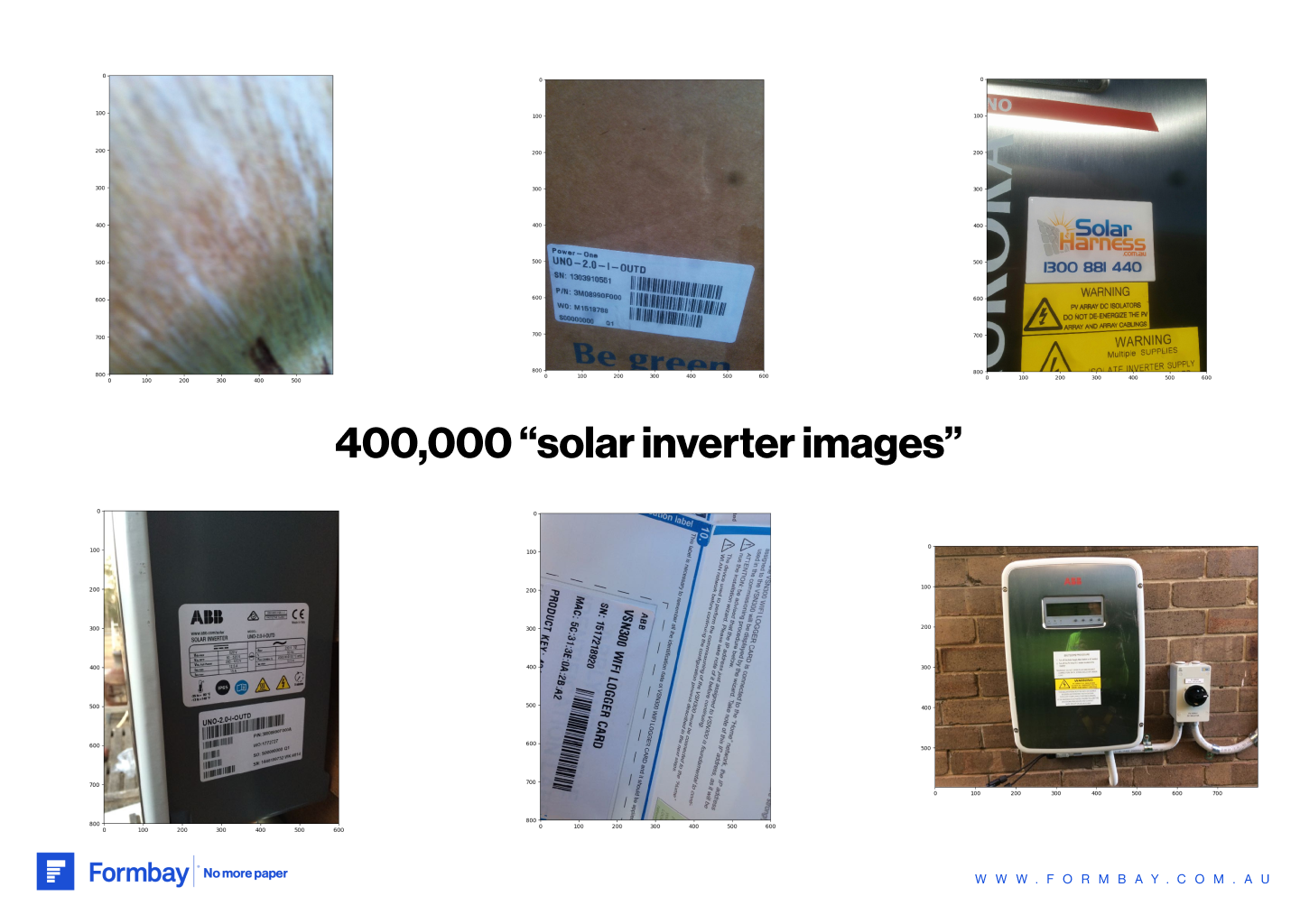
Roger Qiu. YOW! Data 2019 - Image Classification in a Noisy Fraudulent World. 2019. https://vimeo.com/354650061
We designed a solution using a convolutional deep neural network to automatically classify the photographs of inverters.

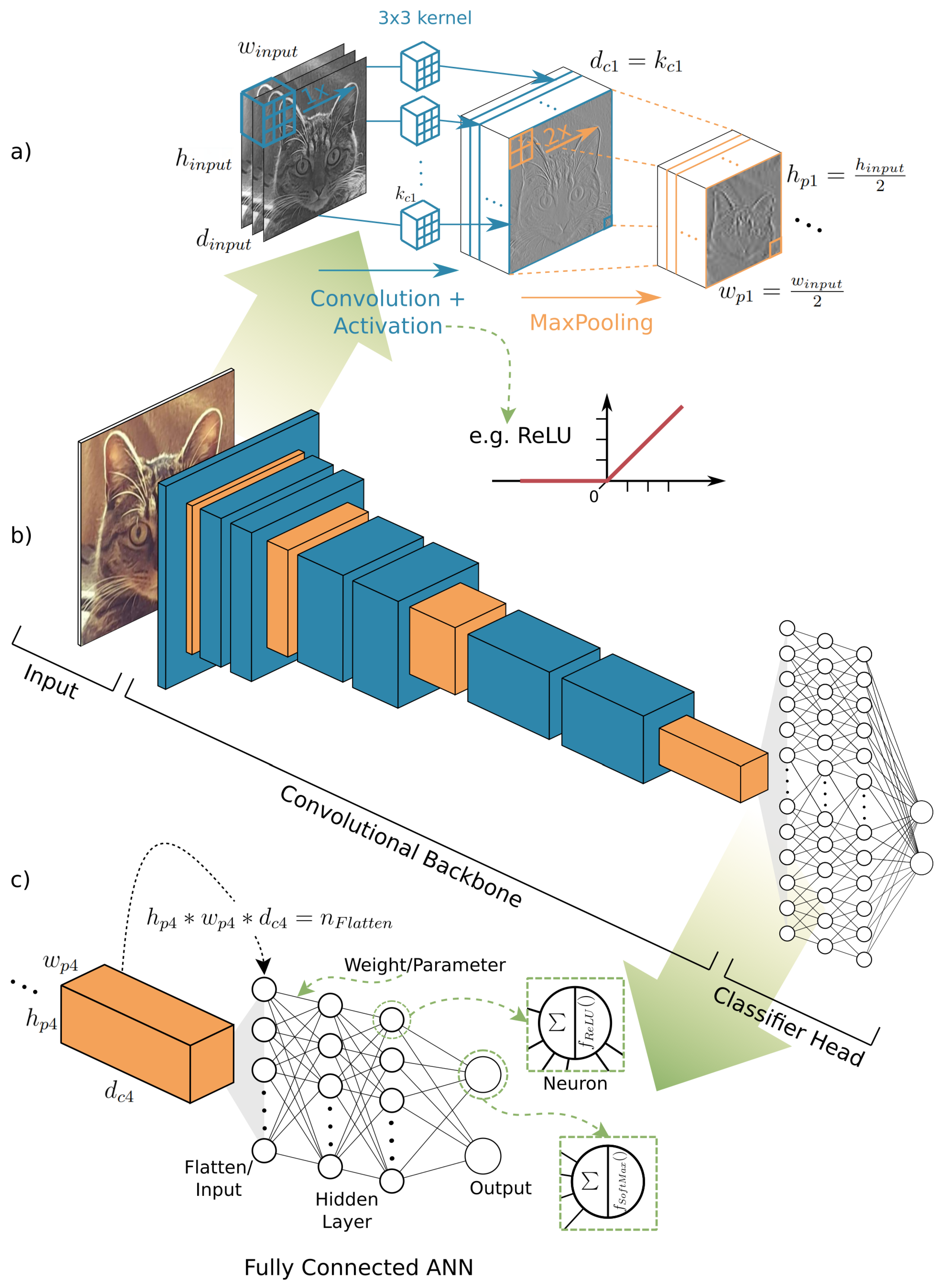
Hoeser T, Kuenzer C. Object Detection and Image Segmentation with Deep Learning on Earth Observation Data: A Review-Part I: Evolution and Recent Trends. Remote Sensing. 2020; 12(10):1667. https://doi.org/10.3390/rs12101667
Convolutional Neural Networks (CNNs) are a type of deep learning neural networks used for image classification that extract visual features from input images. These features are then weighted and used to classify the most likely solar inverter model.
In our case, the inverter classifier model is trained on a large dataset of 400,000 solar inverter images containing over 3000 solar inverter models collected over the last 10 years. By comparing the inferred model of the solar inverter to the claimed model submitted by the user, we are able to verify whether the submitted application is potentially fraudulent or contains a mistake.
As we started training the inverter classifier model, we encountered two problems:
- There were many solar inverter models were visually indistinguishable from each other.
- Photographs taken by claimants did not have to be of inverters, they could be photographs of anything.
We solved the first problem by creating a labelling system that could coalesce solar inverter models together, and the second problem by stacking a unary classifier that separates all non-solar inverter images first. We will talk about the unary classifier in a subsequent blog post.
Our computer vision AI system was presented to the client through a custom classification interface, the photographic evidence is shown on the left, and the inferred model is shown on the right. The potential models inferred from a given image are ranked from highest to lowest probability, and allows the user to reorder the ranking in case of false-positives, as well as coalesce models in case of visual similarity. These corrections will be taken into account for a subsequent retraining in order to improve the accuracy of the AI system.
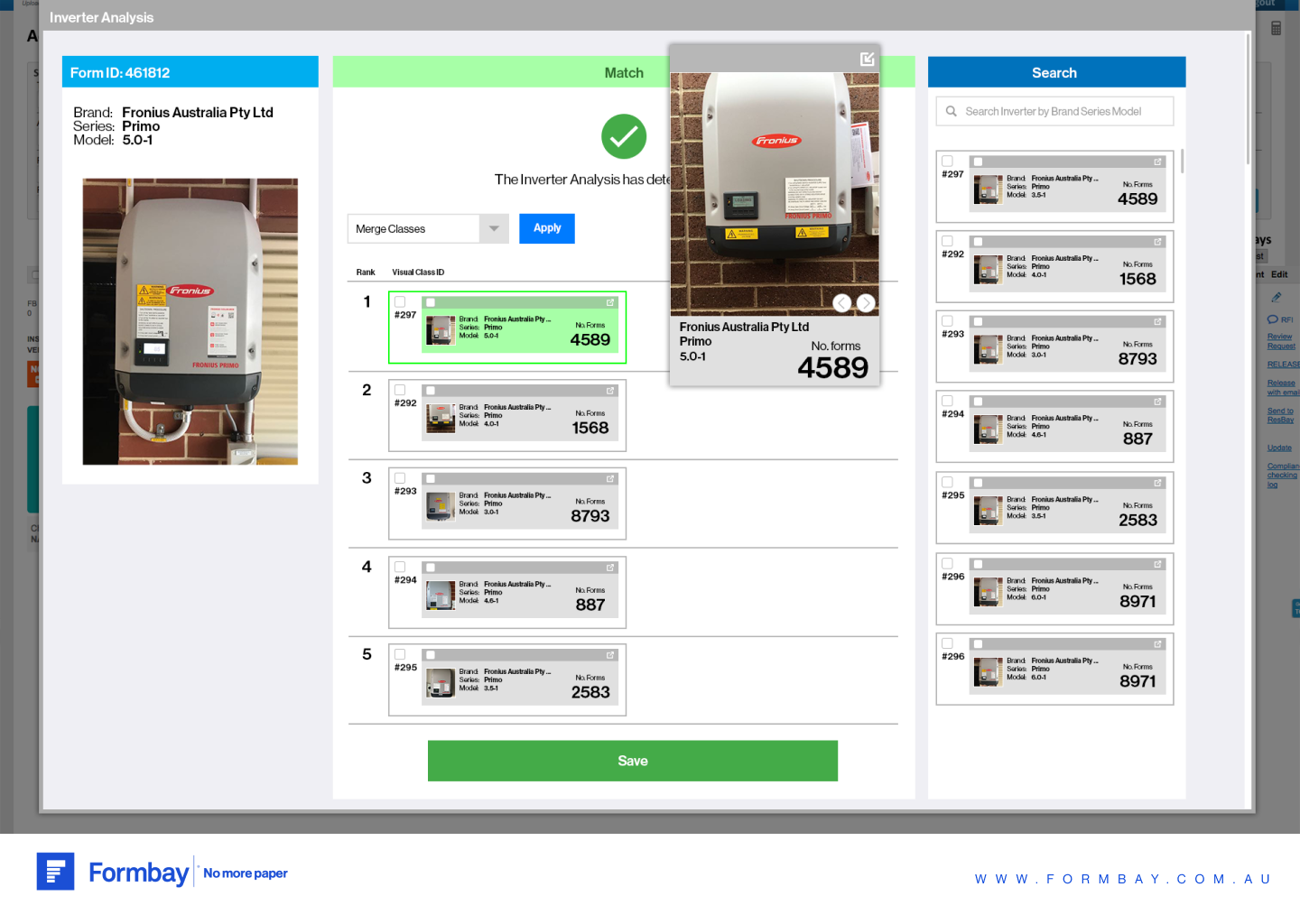
Roger Qiu. YOW! Data 2019 - Image Classification in a Noisy Fraudulent World. 2019. https://vimeo.com/354650061
With the deployment of the inverter analysis system, this is just one step towards full automation of the compliance workflow process. Further data integration is required for full automation as this system still requires a human in the loop.
Further adoption of AI technologies in the compliance industry can reduce the costs of adopting renewable energy, especially as government incentive programs in renewable energy require complex asset auditing and compliance.
For the full presentation, watch the YOW! Data 2019 talk:

